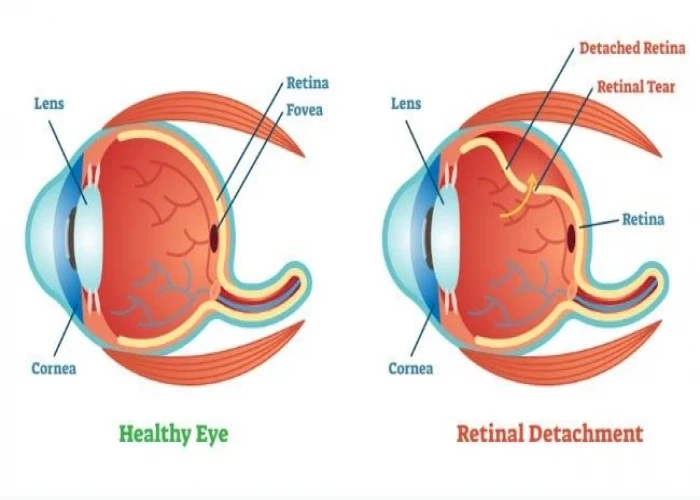 Welcome
Welcome
“May all be happy, may all be healed, may all be at peace and may no one ever suffer."
Retina Eye - Diseases
The retina is a layer of tissue located at the back of the eye that plays a crucial role in vision. It contains millions of light-sensitive cells called photoreceptors, which convert incoming light into electrical signals that are sent to the brain through the optic nerve. These signals are then interpreted by the brain as visual images.
The retina is responsible for capturing and processing light that enters the eye. When light enters the eye, it first passes through the cornea and lens, which focus the light onto the retina. The photoreceptor cells in the retina, called rods and cones, detect the light and convert it into electrical signals that are sent to the brain.
Rods are responsible for detecting light and dark, and they are more sensitive to low levels of light, making them important for night vision. Cones are responsible for color vision and are more sensitive to bright light.
The retina also contains other types of cells, including bipolar cells and ganglion cells, which help to process and transmit the electrical signals from the photoreceptors to the brain.
Damage or disease to the retina can lead to various vision problems, including blurred vision, loss of vision, and color blindness. Regular eye exams are important for detecting any potential problems with the retina and for maintaining good eye health.

Urine

Mouth

Clitoris

Lens Eye

Hypothalamus

Parathyroid glands

Spinal cord

Epididymis
Retina Eye, Retinal detachment, Eye retina, রেটিনা আই
To be happy, beautiful, healthy, wealthy, hale and long-lived stay with DM3S.


